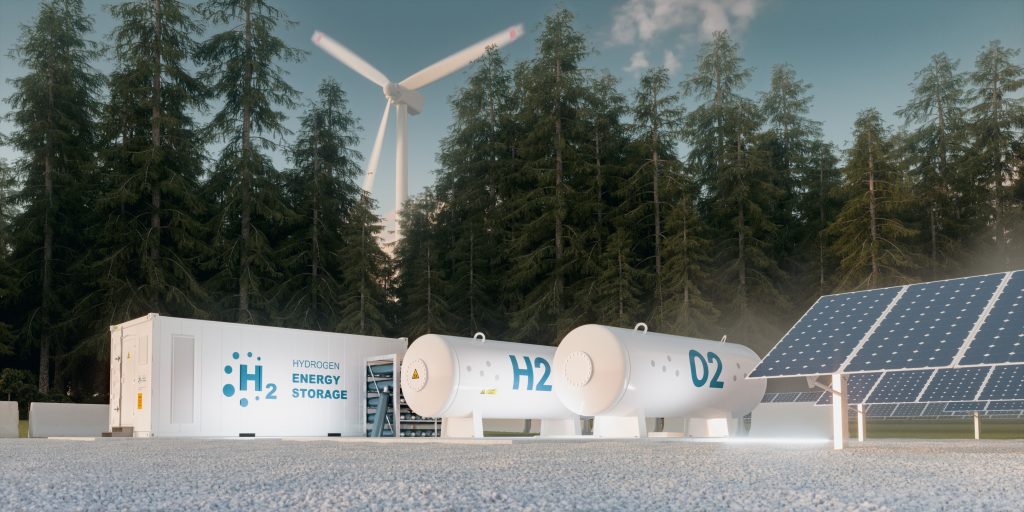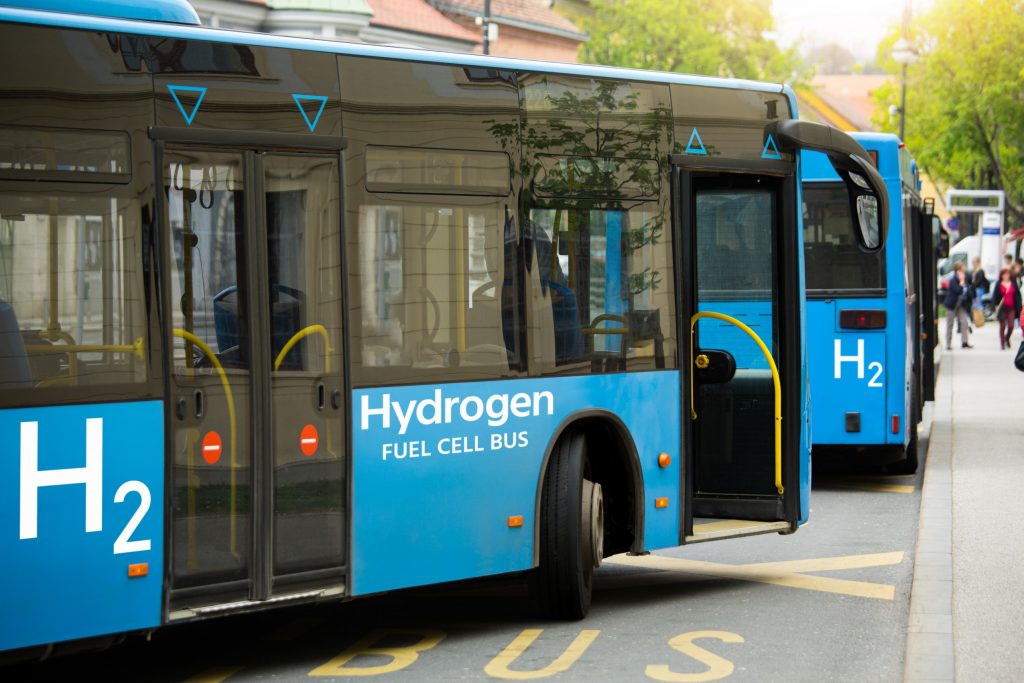Driving without emissions and using renewable energy is the promise of hydrogen. Very much in vogue and supported by the public policies of many countries, it appears as the ecological alternative to fossil fuels.
As part of the European objective of reducing greenhouse gas emissions by 40% by 2030 (to achieve carbon neutrality by 2050), hydrogen is one of the major pillars of this strategy. Its share in the energy mix should increase from less than 2% in 2018 to around 14% in 2050. Logically, European demand for hydrogen should increase considerably, particularly for the main contributors to this growth, namely industry and mobility.
To produce hydrogen, it is necessary to use a large amount of energy: the hydrolysis stores this energy which will then be returned in the form of electricity by using a fuel cell. The hydrogen vehicle will then emit only water vapour. But depending on the source of the energy used, the carbon balance of hydrogen will be more or less green and virtuous. Experts agree that the costs of green hydrogen will become attractive by 2030, reaching the threshold of $2 to $3 per kilogram when combined with renewable energies, such as solar photovoltaics or offshore wind power. Competitiveness and the low carbon footprint of its supply are key issues for the hydrogen industry.

Favourable projections for collective and professional transport
The European Union has drawn up a hydrogen roadmap that calls for the deployment of 45,000 fuel cell trucks and buses by 2030, making hydrogen a pillar of decarbonisation of public transport.

A few manufacturers are already marketing hydrogen cars that combine the advantages of battery electric cars without the disadvantages: a hydrogen refill takes less than five minutes.
To date, hydrogen fuel remains complex to implement and still expensive with a “discrete” commercial offer, so it is only used by professional fleets. The distribution network is also relatively limited today and therefore not very accessible to the public. The projections are favourable for heavy transport, commercial vehicles and public transport or trains and boats. As far as private cars are concerned, the automotive and mobility sector sets the market share in Europe at 6% for the 2040s.









